Pickleball body shot: A guide to using and defending against them
In the dynamic world of pickleball, where the court hums with the sound of paddles striking balls, there exists a technique that can dramatically alter the course of a match: the body shot. Often overlooked but immensely powerful, a well-executed body shot can catch opponents off guard, disrupt their rhythm, and open up opportunities for scoring. This article will delve into the intricacies of pickleball body shots, exploring not only their execution but also their strategic importance, when to deploy them, and how to defend against them effectively. Let’s embark on this enlightening journey and discover how mastering body shots can elevate your game.

What is a pickleball body shot?
The term “body shot” refers to a type of shot that targets the opposing player’s body rather than the court. This unexpected approach can lead to confusion and misplays, ultimately providing the player who executes it a tactical edge. In essence, the body shot is more than just hitting the ball; it involves a surprising maneuver that can unsettle your opponent and create scoring opportunities.
While primarily aimed at the lower portions of the body, such as the knees or feet, body shots can be challenging to defend against. When executed correctly, the low trajectory and quick pace of the ball make it tricky for opponents to react in time. A body shot often provokes instinctual responses, catching opponents in a split-second decision-making scenario.
However, the body shot does carry a certain level of controversy among players. Some argue that it can be perceived as unsporting, particularly in recreational matches. Thus, understanding the nuances of this technique is essential not only for executing it but also for maintaining the spirit of the game.
Why are body shots used?
The effectiveness of body shots can be attributed to several benefits they bring into play:
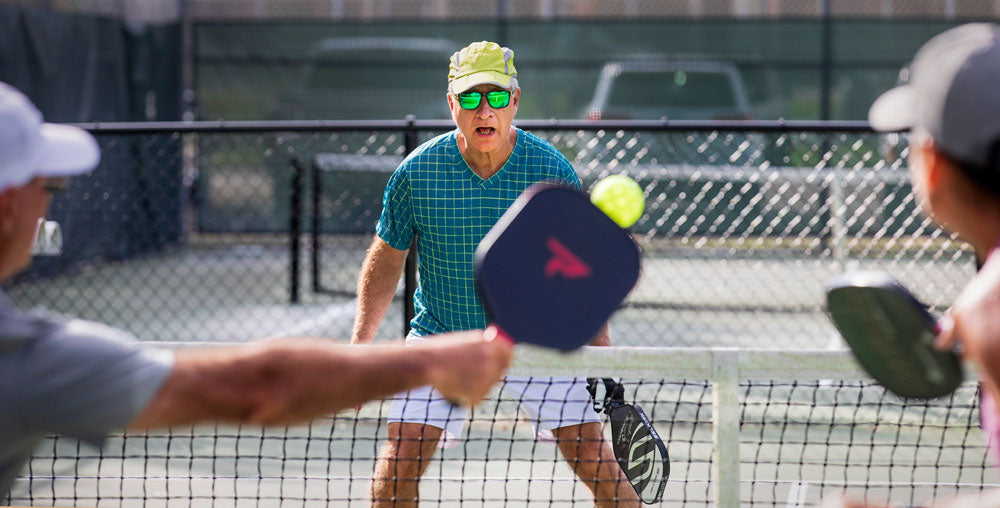
Surprise factor
One of the primary advantages of employing body shots is the element of surprise. Opponents are often conditioned to anticipate shots aimed at the corners or baseline, making a direct hit to their body unexpected. This abrupt shift can create openings and forces opponents to react quickly, often leading to errors.
Difficulty to return
Body shots generally come at a low and fast trajectory, making them challenging to respond to. The unique angle of attack often leaves opponents with limited options, which can disrupt their game plan and force them into defensive positions.
Forcing errors
A well-placed body shot can lead players into making mistakes. The hurried nature of trying to return a shot aimed directly at them can cause mis-hits, resulting in easy points for the player who initiated the shot.
Offensive pressure
Using body shots effectively can shift the pressure onto your opponent, forcing them to react rather than dictate the play. By placing them on the defensive, you can control the pace and rhythm of the match.
In brief, body shots add a strategic layer to pickleball, allowing players to exploit weaknesses in their opponent’s defense while also showcasing their range and versatility.
When to use a body shot
Recognizing the right moments to deploy a body shot can be a game-changer. Here are some key aspects to consider:
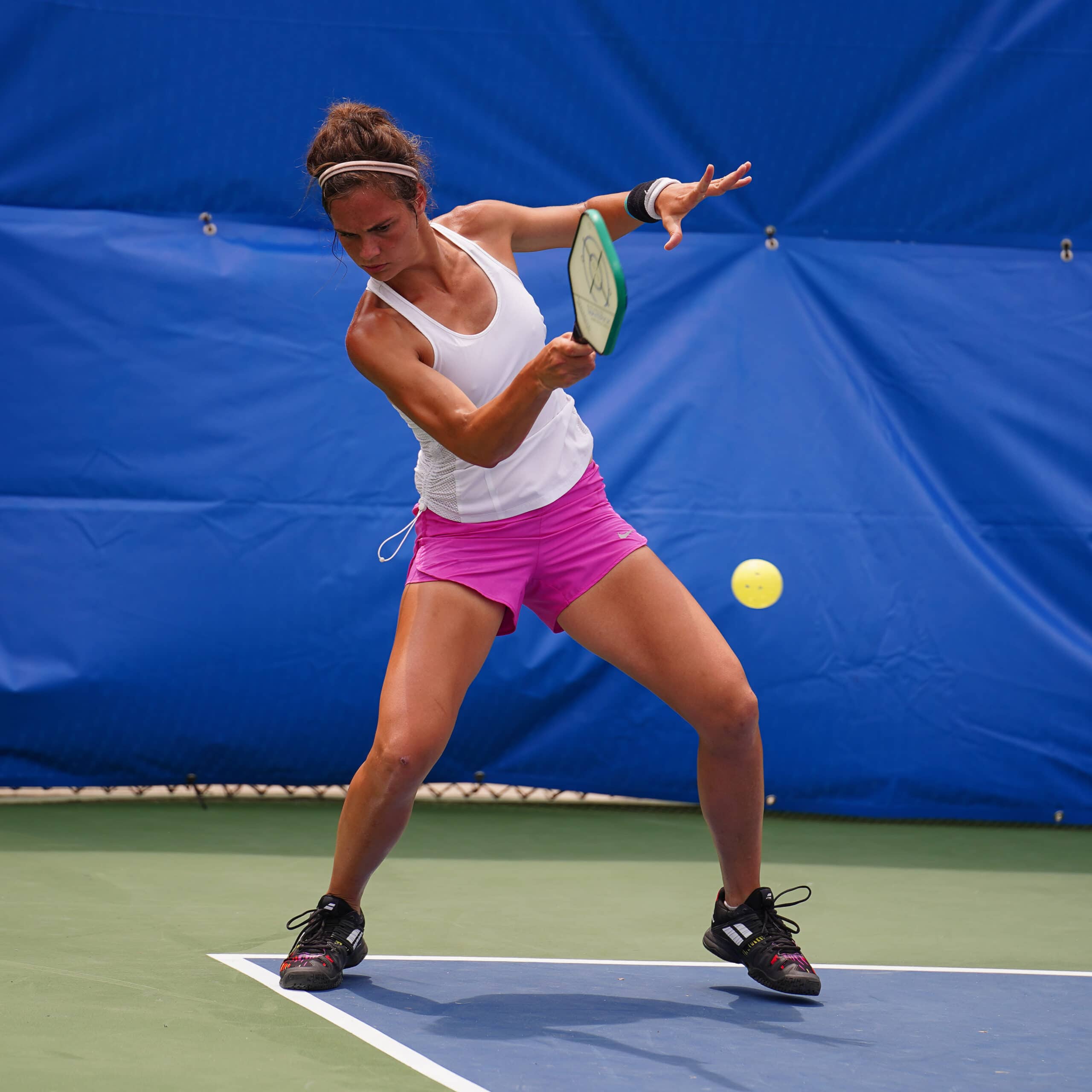
Skill level of the opponent
If you are facing a less experienced player, body shots can be an effective way to create significant pressure and control the game. However, against high-level players, you may want to utilize body shots sparingly, as they may anticipate and prepare for them.
Game situation
The context of the match is crucial. If you’re in a tight situation and need to gain momentum, a surprise body shot may shift the odds in your favor. Conversely, if your opponent is on a winning streak, disrupting their pattern with unexpected shots can help regain control.
Court positioning
Your position on the court plays a vital role in determining whether to execute a body shot. When positioned mid-court or at the baseline, you have a better angle for attacking the opponent’s body effectively.
Psychological impact
The psychological aspect of the game cannot be overlooked. Introducing body shots into your strategy may make opponents hesitant, creating a ripple effect on their gameplay. This mental advantage can be just as important as physical ability on the court.
By being mindful of these factors, you can use body shots judiciously, aligning your strategy with the flow of the match.
How to hit a body shot effectively
Mastering the body shot requires attention to technique and execution:
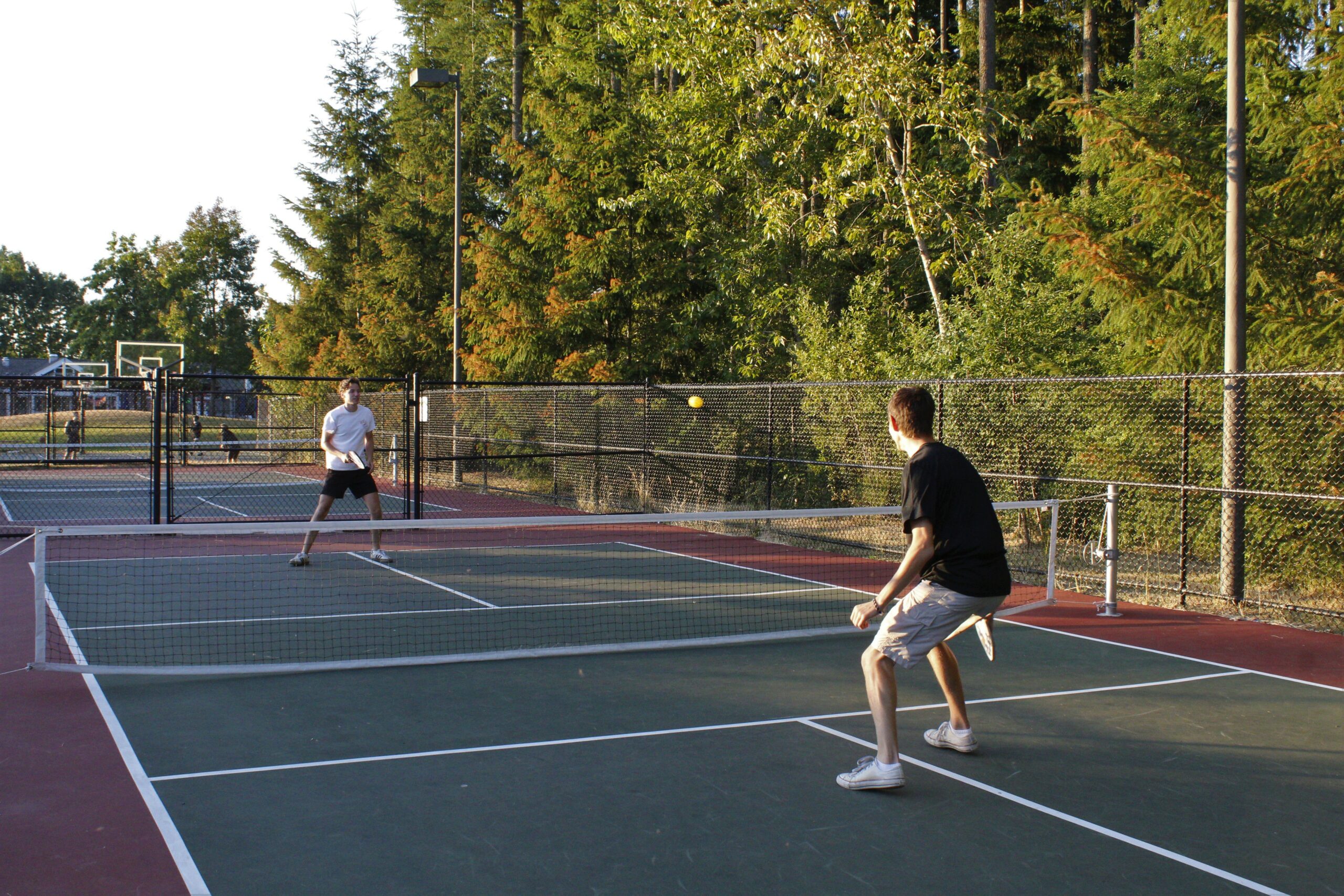
Target: where to aim the ball
When aiming your shot, focus on the lower part of your opponent’s body preferably targeting their knees or feet. This not only enhances the chances of a successful hit but also minimizes the chances of injury, keeping the game safe and enjoyable.
Technique: proper grip, stance, and swing
A balanced stance is essential for hitting a powerful body shot. Keep your feet shoulder-width apart, knees slightly bent, and maintain a relaxed posture. Use a continental grip for better control and power, ensuring your movements are smooth and quick.
- Grip: Continental grip allows better handling during body shots.
- Stance: Shoulder-width apart with a slight knee bend creates stability.
- Swing: A short, quick swing focused on hitting the ball’s center ensures accuracy.
Ball placement: where to hit the ball to maximize effect
Speed and trajectory can make or break a body shot. Aim to strike the ball low and fast; this will increase the chances of your opponent misjudging the shot. Consistent practice will help you refine your ball placement and elevate your gameplay.
Through this understanding of technique, you can enhance your shot execution, turning the body shot into a weapon in your arsenal.
How to defend against body shots
While mastering body shots is important, being able to defend against them is equally crucial. Here are several strategies to keep in mind:
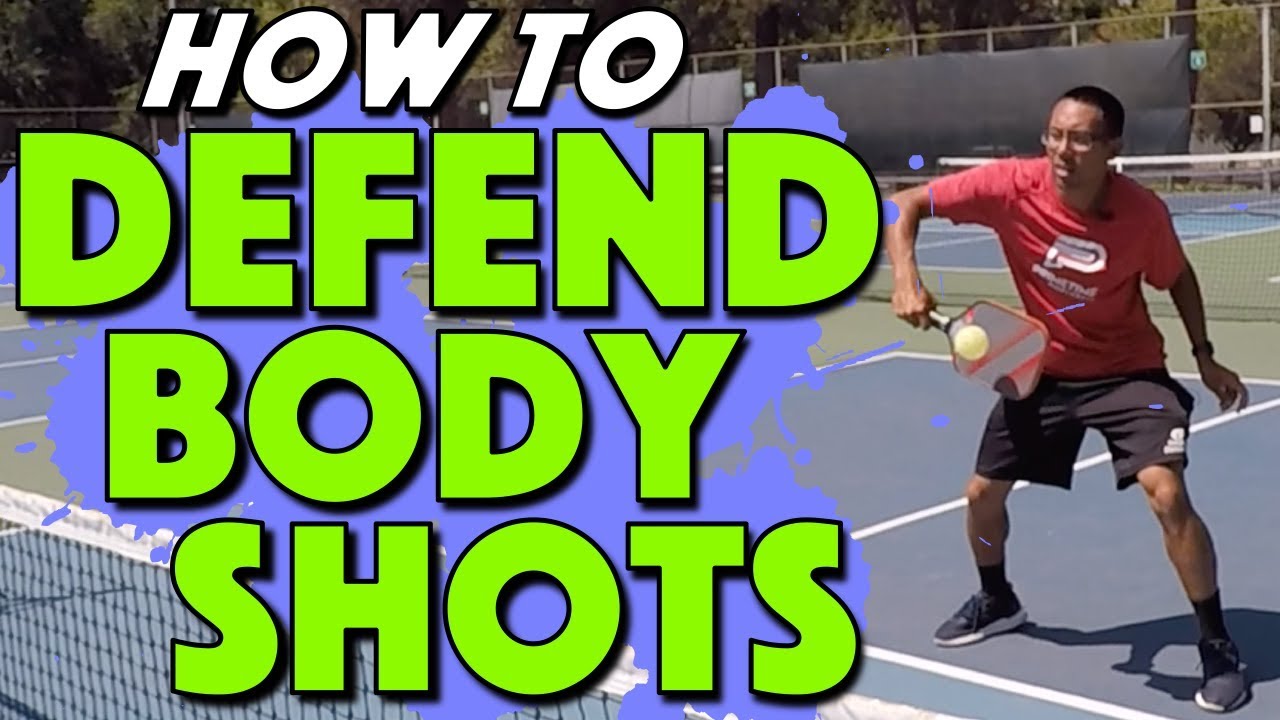
- Stay alert and read your opponent: Always keep your eyes on your opponent’s paddle and body language. Being observant will give you vital clues about when they might attempt a body shot.
- Paddle position: keep your paddle up and ready: Maintaining your paddle in an elevated position can prepare you for quick reactions. This way, you can adapt to body shots more effectively.
- Footwork: move your feet to react to the shot: Developing quick footwork can make all the difference. Staying light on your feet allows for agile movements and better positioning to return challenging shots.
- Return of serve: hit unattackable shots: If you anticipate a body shot during a serve return, utilize good positioning to deliver unattackable shots that disrupt your opponent’s plan.
- Communication with your partner: If playing doubles, communication is key. Make sure your partner is aware of potential body shots, so you both can prepare appropriately.
- Consider taking a step back: If you sense an impending body shot, consider stepping back. This additional space provides more time to react and improves your angle for a return.
- Let the out balls go: Being discerning about which shots to attempt can save you from unnecessary errors. Recognize when to let potentially out shots pass by, avoiding unnecessary risks.
By honing your defensive strategies, you not only become a better player but also contribute to a fun and respectful gameplay environment.
Pickleball etiquette and body shots
The use of body shots also touches on the subject of sportsmanship in pickleball. Here are some important considerations:
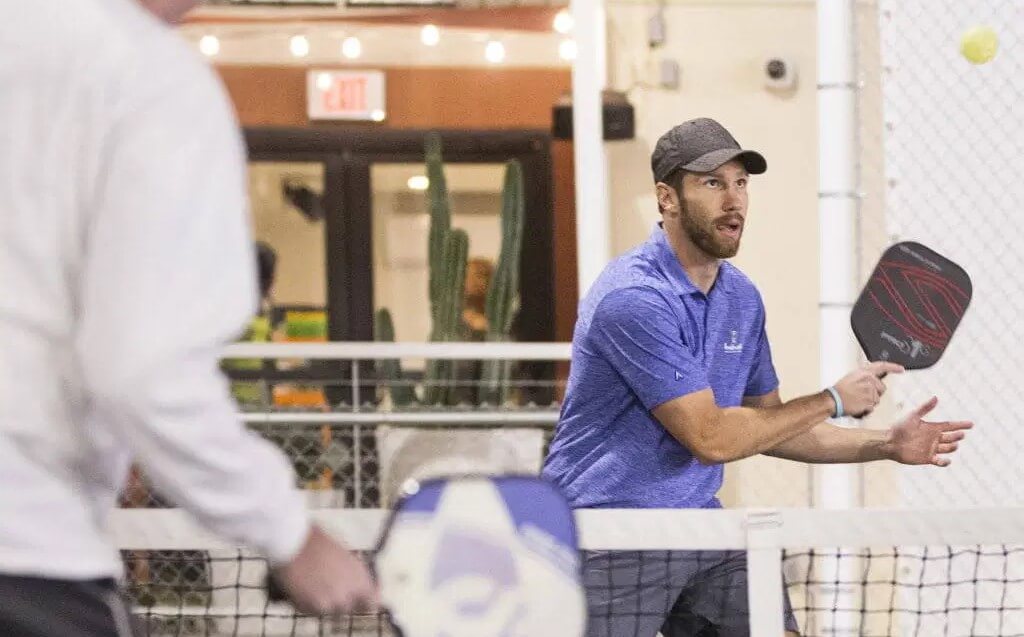
Apologizing for hitting your opponent
Should a body shot unintentionally strike your opponent, a simple apology can go a long way. Acknowledging the mishap can diffuse any potential tension and keep the match friendly.
Moderating your game against less skilled players
When playing against less experienced opponents, consider dialing down the intensity of your body shots. Respecting skill levels ensures a positive experience for everyone involved.
Respecting your opponents
Ultimately, pickleball is about enjoying the game. Respect for your opponents contributes to a healthier competitive environment, allowing everyone to thrive and enjoy the experience.
Understanding and implementing these protocols into your game increases the joy of pickleball for everyone on the court.
Conclusion
The art of the pickleball body shot is both intricate and rewarding. From understanding when and how to use this technique to knowing how to defend against it effectively, mastering body shots can significantly enhance your game. As we’ve explored, there’s a delicate balance between using body shots wisely and respecting the spirit of the game.
By practicing consistently and implementing the strategies outlined in this guide, you will not only surprise your opponents but also gain greater control of the court, expanding your abilities as a player. Embrace the opportunities that body shots present and elevate your pickleball experience to new heights. If you’re eager to refine your skills, give body shots a chance in your next game; it may just change your approach and overall enjoyment of pickleball.
